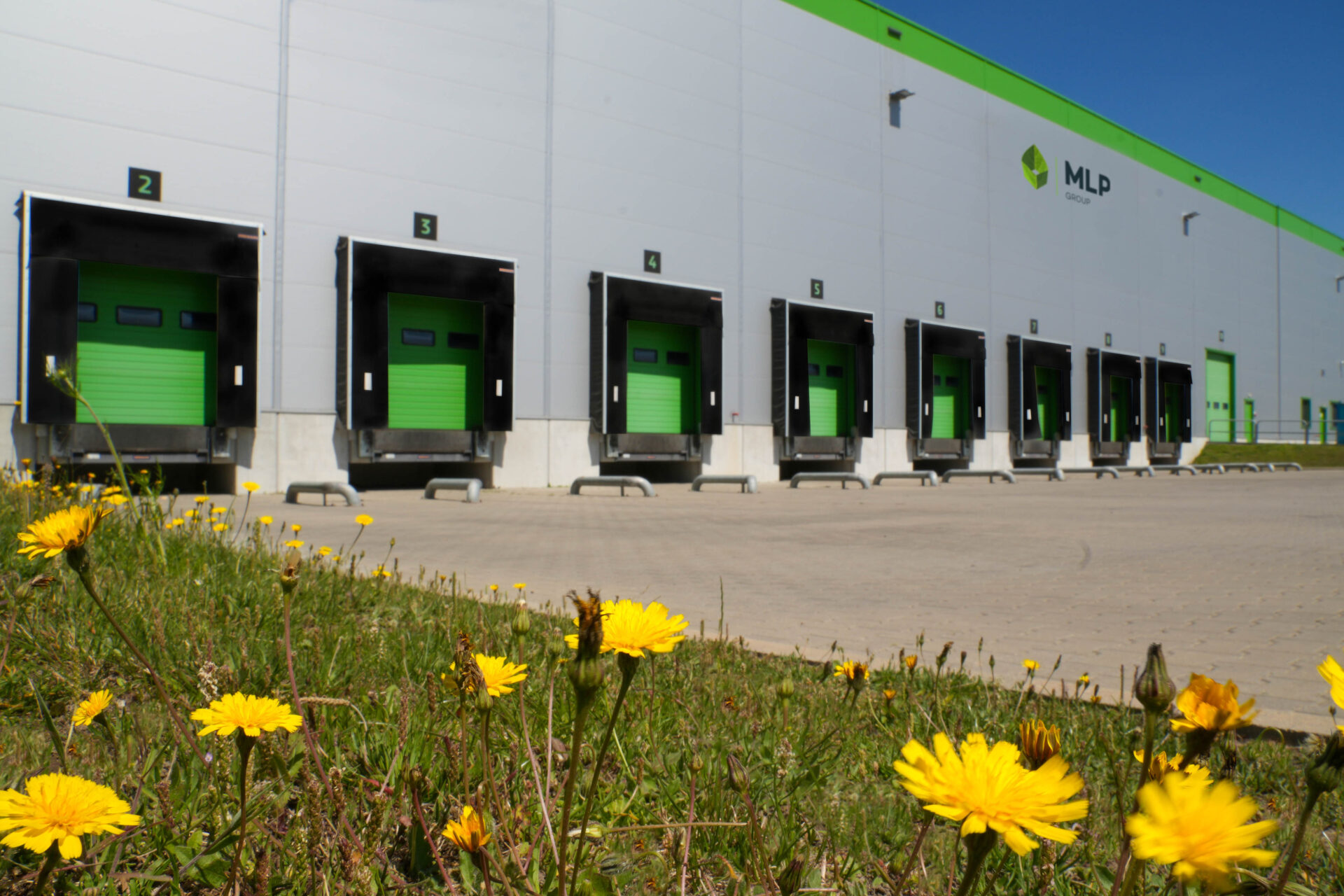Tenant demand for modern logistics and manufacturing space in Poland is growing at a rapid pace. In H1 2017, warehouse supply totalled 707,000 sqm while take-up hit a record high of 1,786,000 sqm, as revealed in Cushman & Wakefield’s report “MARKETBEAT: Polish Industrial Market in H1 2017”.
At the end of June 2017, Poland’s total warehouse stock stood at nearly 11.8 million sqm. Most of the 707,000 sqm supply was delivered in Bydgoszcz-Toruń (113,000 sqm), Poznań (112,000 sqm) and Central Poland (91,000 sqm). There is currently 1,665,000 sqm under construction, of which 77 percent is secured with pre-lets. Nearly half of that volume or approximately 800,000 sq m will be delivered in BTS (Build-to-Suit) schemes. The highest concentration of development activity is in Warsaw’s suburbs (approximately 375,000 sqm), Szczecin (293,000 sqm) and Upper Silesia (282,000 sqm).
Despite the high supply level, the vacancy rate stood at 5.4 percent at the end of June 2017, equating to 634,000 sqm of vacant warehouse space. Vacancy rates edged up in Poznań (8.3 percent) and Wrocław (7.3 percent), and decreased again in Warsaw’s inner city (6.9 percent) and its suburbs (5.7 percent). Robust developer activity pushed vacancies up in Krakow (12.7 percent or 38,000 sqm), Szczecin (8.8 percent or 19,000 sqm) and Lublin (13.9 percent or 18,000 sqm). The lowest warehouse vacancy rate of 0.3 percent was in Central Poland.
“Several factors have contributed to the outstanding performance of the Polish logistics market, including Poland’s strong economic growth, rising retail sales, competitive labour market, the expansion of the country’s road network and the large availability of development sites. New infrastructure improvements are paving the way for the warehouse market to expand beyond the core agglomerations, best illustrated by the growing developer activity in Szczecin, Bydgoszcz-Toruń, western Poland, Lublin and Rzeszów. In addition, new warehouse locations have recently appeared on Poland’s industrial map along expressways: S3 (Zielona Góra), S8 (Białystok) and S7 (Kielce),” said Adrian Semaan, report author and Consultant, Industrial and Logistics Agency, Cushman & Wakefield.
In H1 2017, warehouse take-up rose to a record 1,786,000 sqm. The largest leasing volumes were recorded in Central Poland (423,000 sqm), Upper Silesia (414,000 sqm) and in the Warsaw region (367,000 sqm, of which 333,000 sqm was transacted in Warsaw’s suburbs). New lease agreements accounted for 67 percent of the total leasing volume with lease renewals and expansions making up 24 percent and 9 percent, respectively. Take-up was largely driven by logistics operators (32 percent), retailers (20 percent), light manufacturing (10 percent), e-commerce (9 percent), the automotive sector (7 percent) and household appliances (6 percent).
“The record performance of the Polish warehouse market is underpinned, among other things, by the growing demand reported by e-commerce. Poland is extremely attractive to this sector due to its geographic location, strong labour market, large consumer market with growing retail sales, and low leasing costs,” said Joanna Sinkiewicz, Partner, Head of Industrial and Logistics Agency, Cushman & Wakefield.
Headline rents remained flat on the Polish industrial market. At the end of June 2017, the highest were in Warsaw’s inner city (EUR 4.00–5.25/sqm/month) and Krakow (EUR 3.50–4.50/sqm/month) while the lowest were in Central Poland (EUR 2.40–3.60/sqm/month) and Warsaw’s suburbs (EUR 2.50–3.60/sqm/month). Effective rents tend to be lower due to financial incentives conceded to tenants and range between EUR 1.90–3.20/sqm/month. Higher effective rents are in Warsaw’s inner city (EUR 3.50–4.60/sqm/month) and Krakow (approximately EUR 2.80–3.60/sqm/month).
“In H1 2017, rents remained low, indicating a balanced market where developers are able to accommodate the growing demand for logistics space. Intense competition has given a stronger bargaining power to tenants, particularly those leasing modules of over 5,000 sqm, accounting for approximately 80 percent of the total take-up recorded in the first six months. The downside risks to the occupier market include rising development costs due to rising prices of building materials and services, which is likely to push rents up,” said Joanna Sinkiewicz.
Outlook
The Polish industrial market is the fastest growing commercial real estate sector in Poland. Tenant demand is expected to remain robust, underpinned by optimistic growth forecasts for the country’s GDP, consumption and retail sales in 2017, further improvements in the road infrastructure and the increasing impact of e-commerce. With the development pipeline standing at 1.67 million sqm, this year’s total supply is likely to surpass the 1.2 million sqm mark recorded in 2016. Cushman & Wakefield’s analysts do not expect any substantial changes in vacancy rates or rental costs.







